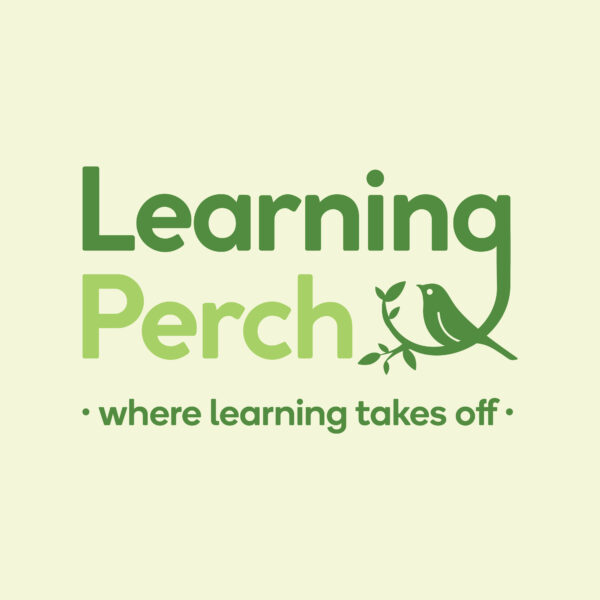The Power of Collaboration: Bridging ABA Therapy and School for Meaningful Progress
When it comes to supporting children with autism or other developmental diversity, consistency is key. One of the most powerful ways to create that consistency is through effective collaboration between Applied Behavior Analysis (ABA) providers and school personnel. When these two fields work together, the result is a unified, supportive environment where children can thrive both socially and academically.
Why Collaboration Matters
What they learn and experience through in-home therapy and at school should ideally connect and reinforce each other. However, when communication breaks down or approaches are inconsistent, it can lead to confusion, frustration, and slower progress.
Collaboration between ABA therapists and educators ensures that:
Behavior plans are consistent across settings.
Social and academic goals align with classroom expectations.
Behaviors that children, parents, and school personnel want to reduce are addressed with a shared understanding and response strategy.
Data is shared, giving a clearer picture of a child’s progress.
Key Areas of Collaboration
1. Behavior Intervention Plans (BIPs)
A BIP is a written plan that outlines antecedent and reactive strategies to address behaviors for reduction. When schools and ABA providers work together to design or implement a Behavior Intervention Plan, they can ensure the strategies are appropriate for both environments. For example, a reinforcement system used in ABA therapy can be adapted to work in a classroom setting, providing consistency for the student.
2. Skill Generalization
Children often learn new skills in one environment but struggle to use them in others. Collaborating with teachers allows ABA therapists to help generalize communication, social, and self-help skills into the classroom and beyond.
3. IEP Meetings
ABA professionals can bring a unique perspective to IEP (Individualized Education Program) meetings by sharing data, advocating for evidence-based strategies, and ensuring that behavioral goals are measurable and achievable.
4. Training and Support
Mutual training opportunities—such as having ABA therapists provide classroom support or having educators participate in behavior management workshops—foster understanding and build trust between teams.
Tips for Effective Collaboration
Build Relationships: Take the time to get to know each other. Respect each professional’s expertise and recognize shared goals.
Communicate Regularly: Use email, phone calls, or scheduled meetings to share progress, concerns, and strategies.
Be Solution-Focused: Challenges will arise. Approach them with a collaborative mindset focused on solving problems together rather than assigning blame.
Celebrate Successes Together: When a child makes progress, it’s a win for the whole team. Acknowledge and celebrate those moments together.
A Unified Path Forward
At its heart, ABA therapy is about helping individuals lead meaningful, independent lives. Schools play a crucial role in that journey. By building strong partnerships between ABA providers and educators, we create a network of support that empowers children to reach their full potential.
Contact us today to learn more about how ABA therapy can help you and your family at home and in school. Visit our website to find out more at www.learning-perch.com.
Disclaimer: The information provided on this blog is for educational purposes only and should not be considered as a substitute for professional advice from a Board Certified Behavior Analyst (BCBA). Always consult with your personal BCBA regarding specific behavioral interventions and treatment plans. The author(s) of this blog are not responsible for any actions taken based on the information presented here.

Details
May 31, 2025
Learning Perch
Name: Paul Conway
Phone: 5127664004
Email: paul.conway@learning-perch.com